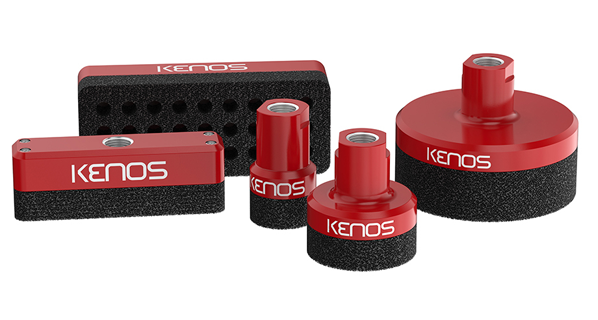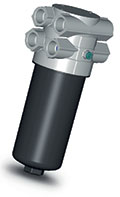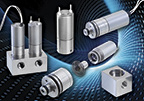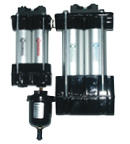Speed and direction of rotation detection in M14 and M18 speed sensors
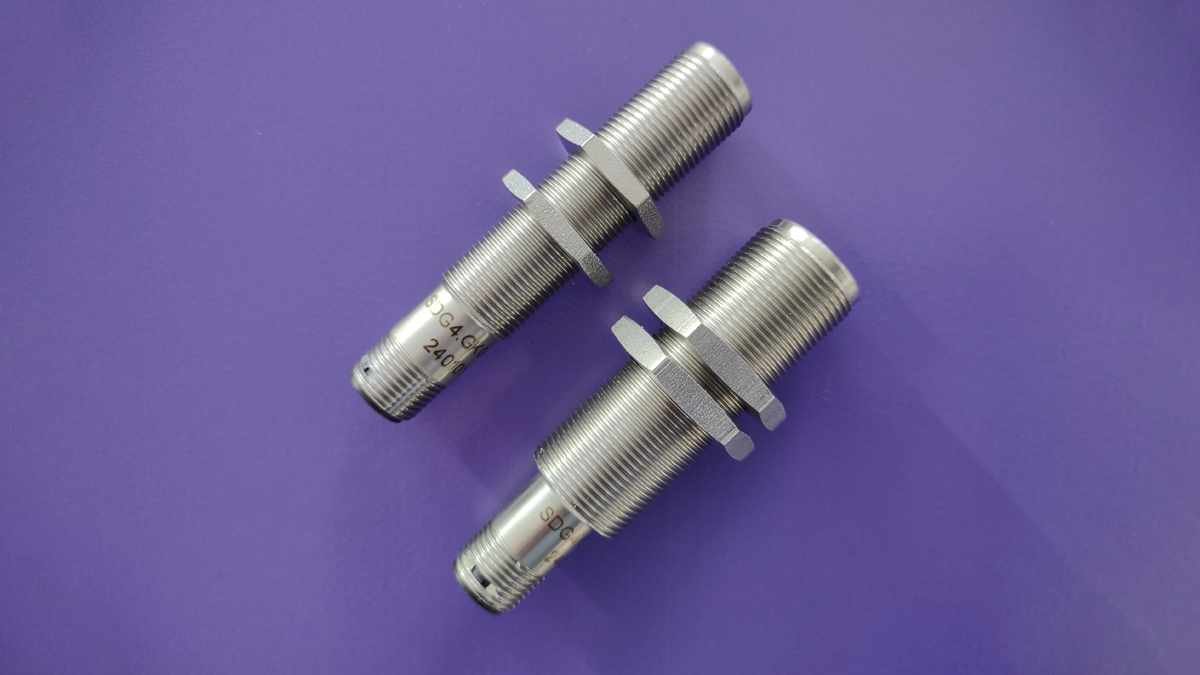
The sensor specialists at RHEINTACHO Messtechnik GmbH in Freiburg have developed two innovative new products. The 2-channel Differential-Hall sensors in sizes M14 and M18 detect the speed and direction of rotation of gears with high resolution and a particularly wide frequency range of 0…20 kHz. With protection class IP67, media resistance to a wide range of hydraulic oils, and operating temperatures from -40 to +125 °C, they are suitable for flexible use under the most adverse environmental conditions in vehicles and mobile machinery, as well as test benches. Both sensors have push-pull output stages for uncomplicated integration into the control system.
Flange sensors vs. screw sensors
Flange-mounted sensors are often used to measure the speed in demanding applications. However, screw sensors can also be advantageous depending on the application. This article explains the advantages and disadvantages of both designs.
To detect the speed of gears or shafts, such as those found in hydraulic or electric drives, speed sensors usually measure the change in magnetic flux. Sensors are also becoming increasingly intelligent and are designed, for example, as two-channel sensors for detecting speed and direction of rotation, or as Differential-Hall sensors, which provide even more stable measured values. Regardless of the version, these sensors are available in flange or screw design. But what is the difference between the two designs? And what are their respective advantages and disadvantages?
Advantages of sensors in flange design
In order for the sensors to do their job precisely, they must be positioned correctly. The drive housings must be machined with high precision to ensure that the floating flange sensors are fitted tightly. If this sensor mount also has to meet tightness requirements, e.g. in hydraulic units, the task becomes even more complex. This means that manufacturers of drive systems with speed detection using a flange sensor must prepare their production accordingly, to be able to utilize the advantages of flange sensors in assembly. This is because if the drive housings are pre-drilled correctly, installation is easy and automatically correct. Assembly staff need to pay little attention to the marriage of the flange sensor and housing. In addition, the flange sensor only needs to be inserted manually. Apart from the compact design, this is the biggest advantage of this sensor design. It is, therefore, ideal for use in high-volume applications.
Advantages of screw sensors
Screw sensors are usually supplied with two fixing nuts so that a tight fit can be guaranteed through counters. A standard bore is sufficient for the use of screw sensors designed as M12 or M14, for example. However, screw sensors are much more complex to install than flange sensors, especially if they are designed as differential sensors. This is because the alignment of the sensors, relative to the target, must also be ensured in this case, so that the sensor can detect the speed accurately.

